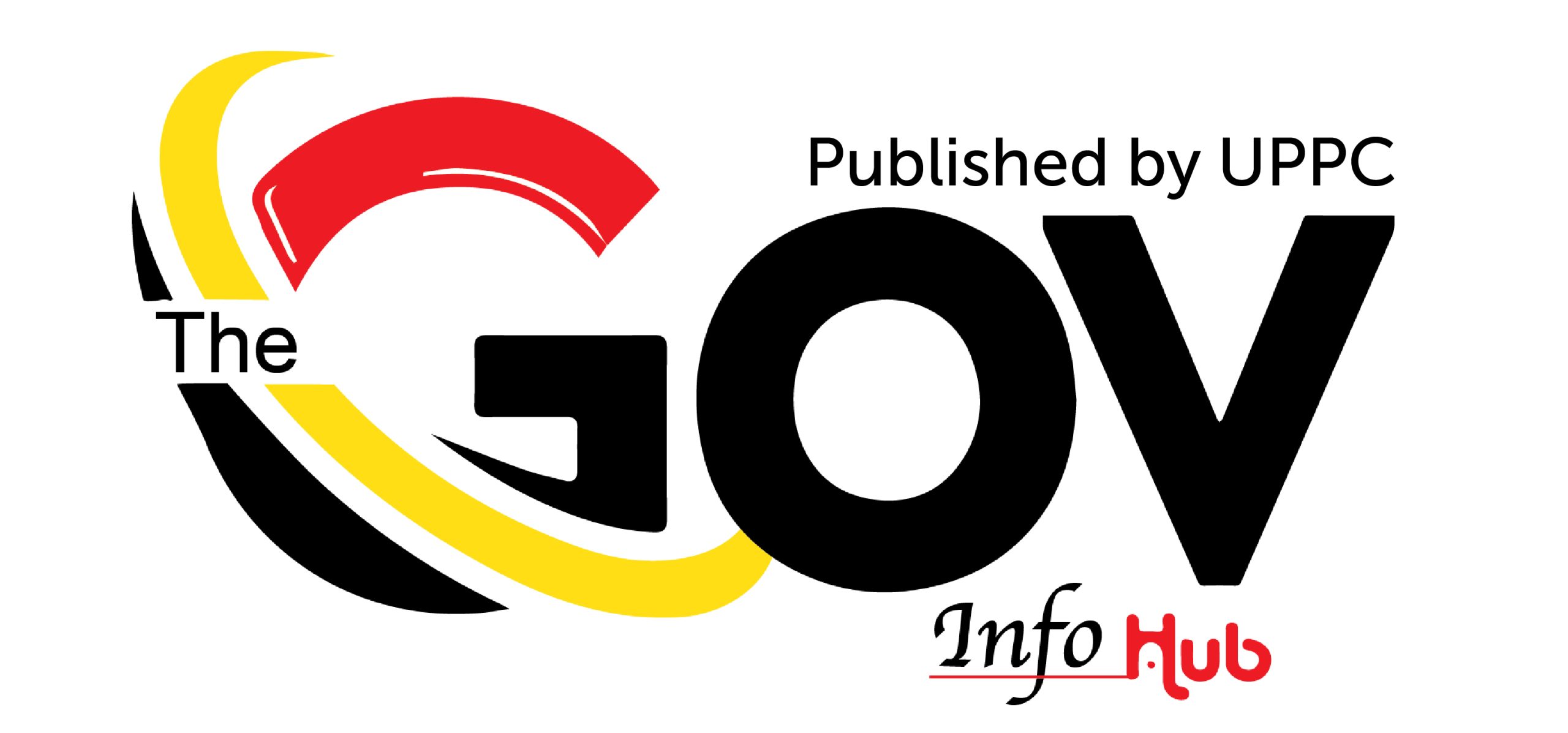By Fidel Boy Leon
The launch of a centralised digital performance dashboard, announced by Deputy Head of Public Service Ms. Jane Kyalisiima marks what could become one of Uganda’s most important steps toward transparent, accountable, and citizen-focused governance.
As government officials, academics, and civil servants gathered to commemorate the 14th Africa Public Service Day in Kololo, the clear message was this: technology must now drive public accountability.
But as promising as this new tool is, the real question remains: Will our institutions rise to the occasion or will the digital tracker become another impressive system that fails due to poor implementation, underfunding, and bureaucratic resistance?
At its core, the proposed digital tracker will aggregate data from multiple government sources, including performance contracts, audit reports, public procurement reports, and annual government performance evaluations.
“It will enable real-time tracking, adaptive policymaking, and evidence-based leadership,” Kyalisiima said.
For a government long criticised for delayed service delivery and lack of accountability, this tracker, if implemented effectively, could revolutionise how results are measured and how citizens engage with government performance.
Kyalisiima didn’t mince her words. Her remarks highlighted a truth long ignored in many public offices:
“It is no longer enough to craft excellent strategies or hold high-level meetings; our success will be judged by tangible outcomes.”
From maternal health to digital service access, she emphasised what citizens have always wanted: a government that works, visibly and fairly.
The digital dashboard could serve as a pressure tool, not just for performance but for ethical service delivery, exposing inefficiencies, delays, and corruption in real time.
Prime Minister Robinah Nabbanja echoed the pro-people agenda at the same event, calling for public service to protect free education and healthcare, especially for children from underprivileged backgrounds.
Her remarks reinforced that accountability must extend beyond numbers, it must translate into improved lives.
Meanwhile, Public Service Minister Wilson Muruli Mukasa pointed to progress in the One-Stop Centre model in Hoima and Kasese, physical hubs for accessible, cost-effective services. But he acknowledged a key limitation:
“We need all our services to be fully automated… we must review our business processes regularly.”
This is where ambition meets friction. “Half automation”, as the minister called it, could be the Achilles’ heel of digital reform if not addressed.
While officials celebrated progress, academic guest speaker Prof. Gerald Karyeija from the Uganda Management Institute raised a sobering point: structural service delivery gaps in health, education, water, and infrastructure persist, despite decades of reforms and decentralisation.
His critique pointed to the resource disparities between rural and urban areas, as well as the under-examined consequences of recent government restructuring programs like RAPEX.
These concerns raise a vital question: Will a digital tracker simply highlight inefficiencies, or help solve them?
The answer depends on political will, funding, digital literacy within government agencies, and, above all, a commitment to act on the insights the data will reveal.
Uganda’s public service leadership deserves credit for embracing real-time data and performance-based governance. In a country where citizens are increasingly tech-savvy and expect more from their leaders, this dashboard offers a chance to reset the relationship between the state and its people.
But let’s be clear: this tool must not become a ceremonial platform to display KPIs at year-end reviews. It must be a daily accountability mechanism that empowers not just ministers and technocrats, but also citizens and communities.
As we move forward, the digital tracker must be more than a tech fix. There must be a cultural shift, where transparency is normalised, underperformance is exposed, and service delivery is prioritised.


